Russia wants to build its own space station, as early as 2028
Meet the Russian Orbital Service Station, which could be up and running later this decade.
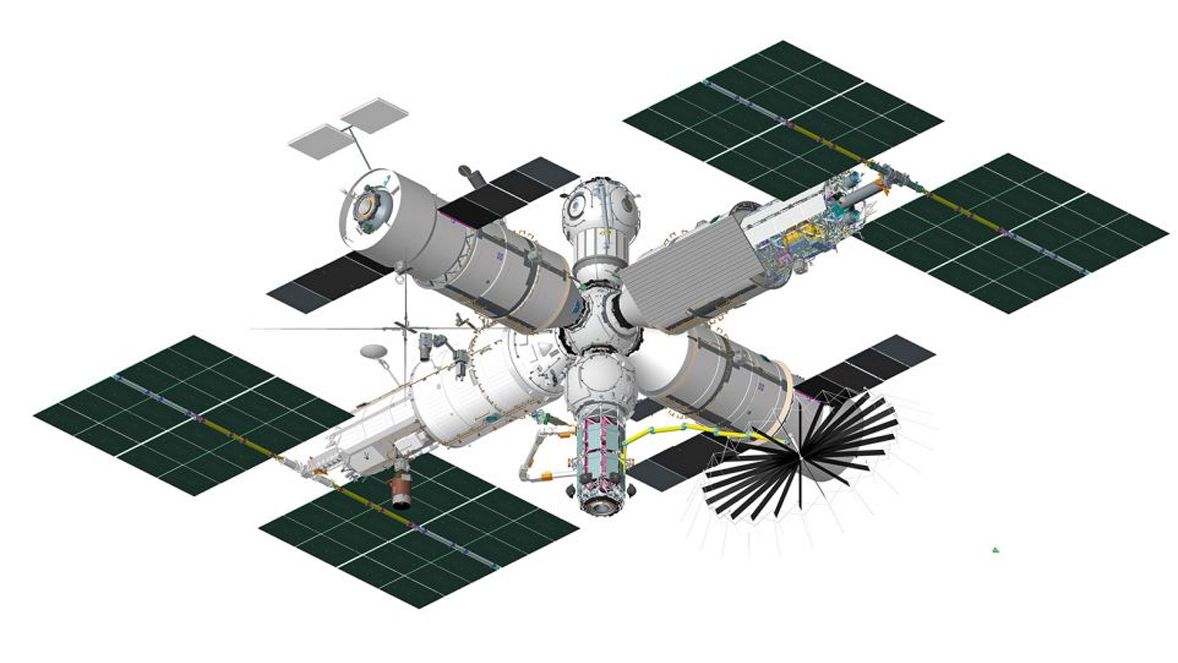
Russia has its eyes on a space station of its own.
The nation announced this week that it intends to pull out of the International Space Station (ISS) consortium after 2024. The timing of that move is uncertain, but Russia wants it to dovetail with the readiness of the planned Russian Orbital Service Station (ROSS).
We just got a better idea of what ROSS will look like and how it will operate (if the outpost does indeed end up being built), thanks to pictures and information released by Roscosmos, Russia's federal space agency. For example, the first phase of the outpost's assembly, targeted to begin in 2028, appears to include a core module, a possible new supply ship and a new transport vehicle. A second phase, expected to commence in 2030, would add two more large modules.
Related: Russia says it will leave the International Space Station after 2024
The design of ROSS, however, is by no means fixed; for example, it may be placed in an orbit of 51.6 degrees (similar to that of the ISS) or in a near-polar, 97 degree orbit, depending on which orientation Russia finds more favorable among its launch sites.
Roscosmos has framed the impending ISS departure as an opportunity to shift to the new outpost.
"We need to decide what to do in the future, and already begin work on manned programs that will be implemented after this period," Vladimir Solovyov said in a lengthy interview published on Tuesday (July 26) by Roscosmos, which discussed ROSS in detail.
Get the Space.com Newsletter
Breaking space news, the latest updates on rocket launches, skywatching events and more!
Solovyov is the flight director of the Russian segment of the ISS and the general designer of RSC Energia, the prime contractor for Russia's human spaceflight program. The Roscosmos interview is in Russian; the translation was provided by Google.
Solovyov discussed the aging Russian modules on the ISS, which has been hosting astronauts since November 2020, and Russia's apparent disconnect with the new, moon-based direction that NASA is now taking with its human spaceflight program.
Solovyov said maintenance is becoming a problem for the Russian ISS modules, which, in some cases, are nearly 25 years old despite being rated for a design life of 15 years.
"Recently, there has been a tendency to increase the time spent by cosmonauts on maintenance and repair of onboard systems, that have exhausted their resources. The crew has less and less time to carry out scientific experiments," Solovyov said.
Moreover, Russia has not expressed interest in joining other ISS partners in the NASA-led Artemis program, which aims to return humans to the lunar surface in 2025 or thereabouts. Solovyov's comments in fact suggest that Russia may not go to the moon until well after the Artemis coalition arrives, should schedules hold.
"It is clear to us that before sending cosmonauts to the moon, we must decide on the need for this serious and very expensive step," Solovyov said.

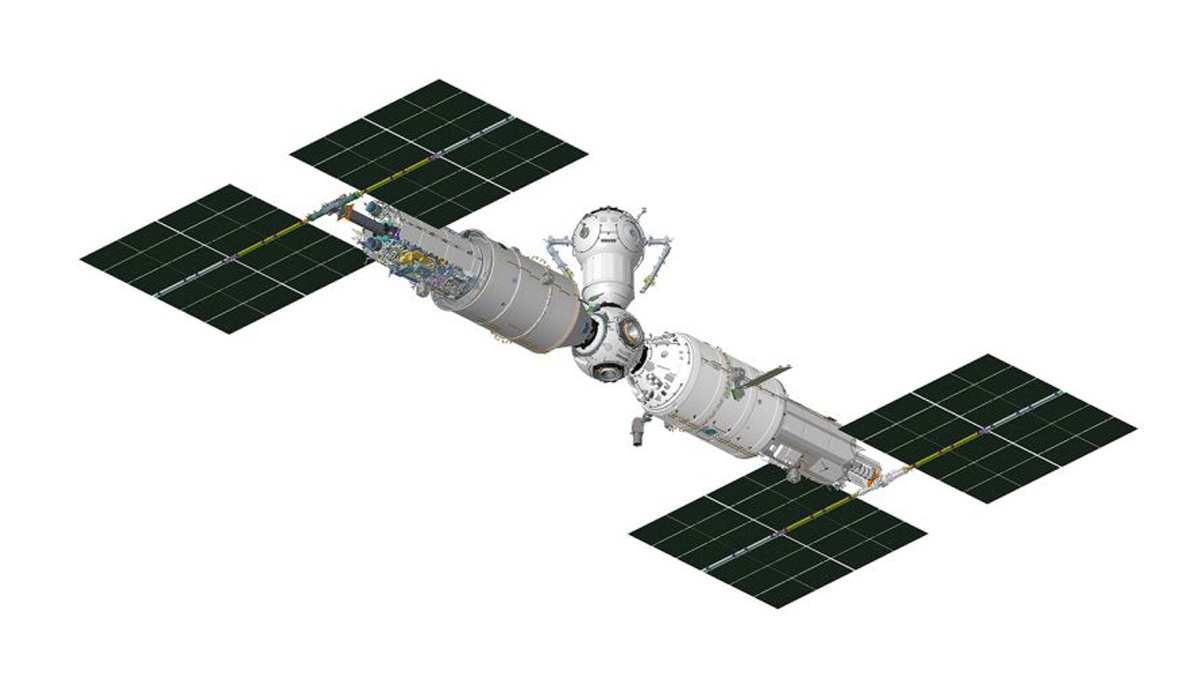
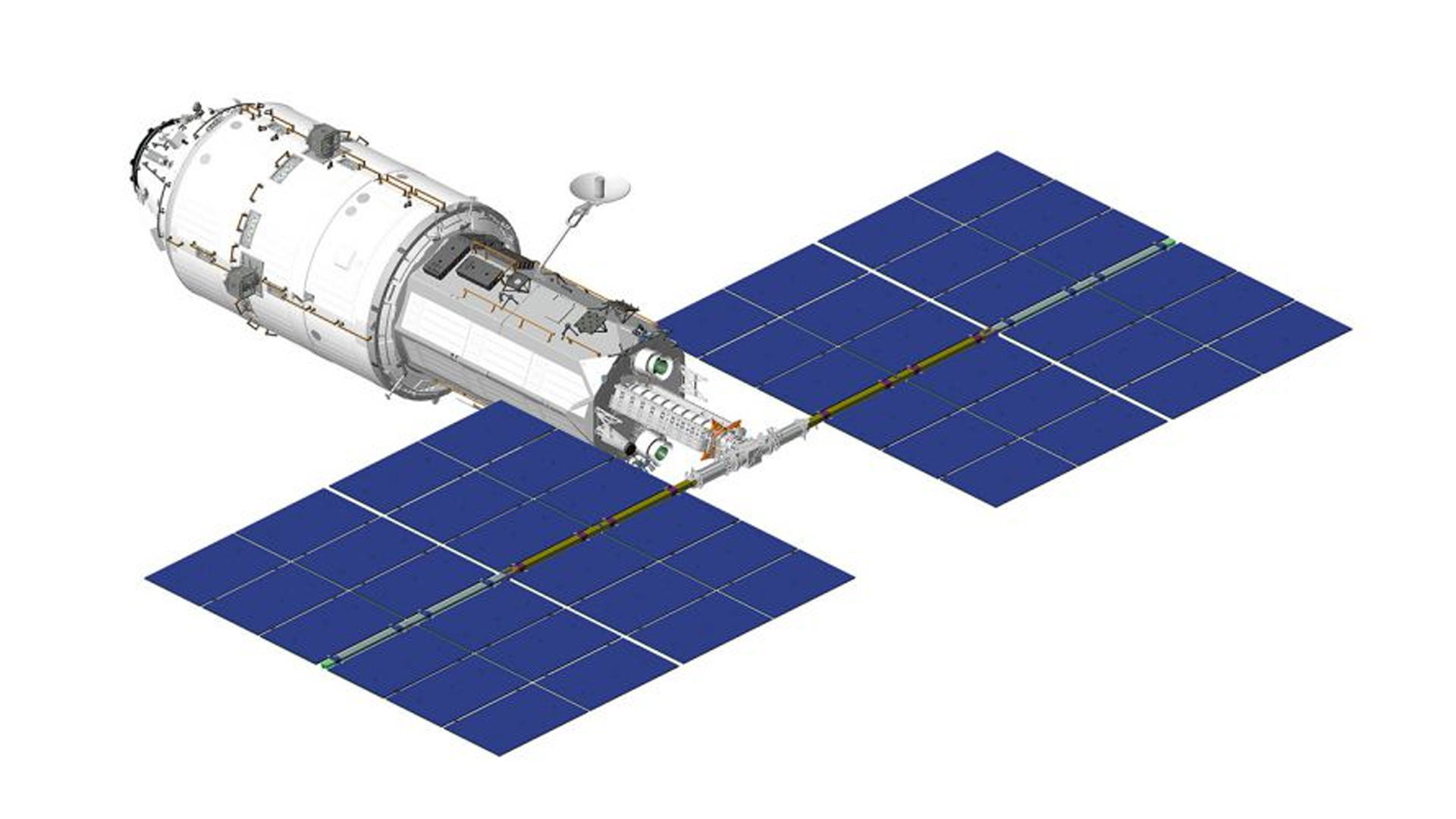
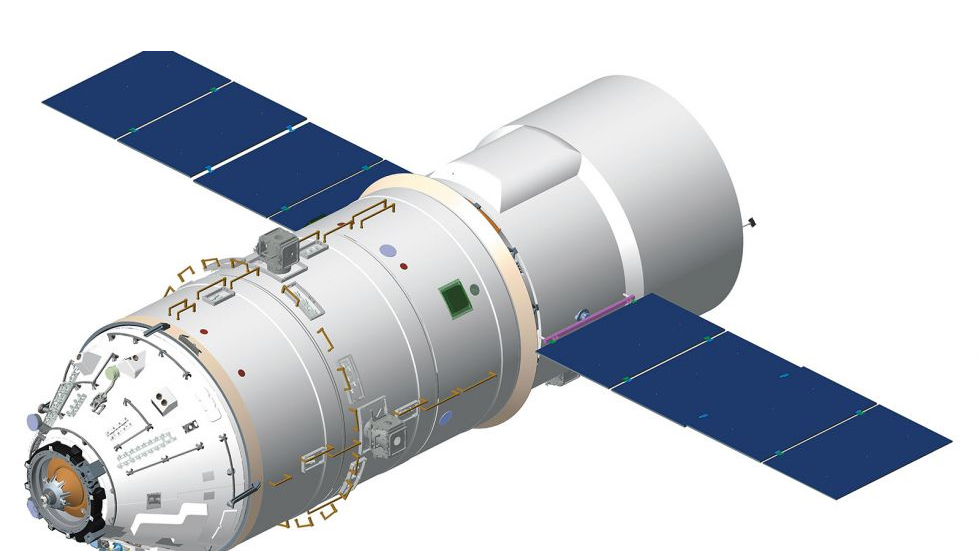
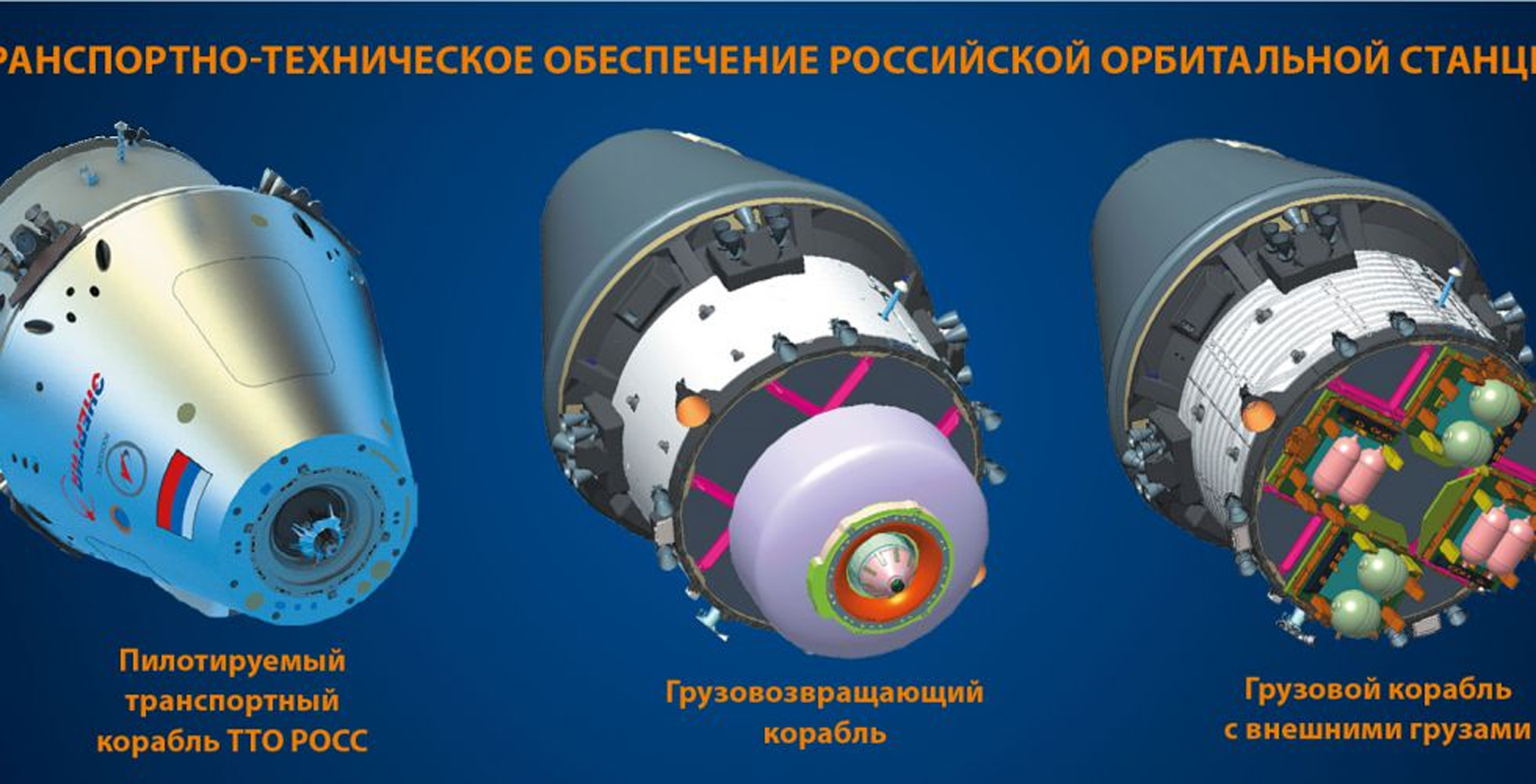
The new Russian space station will also represent a different "philosophy" of human spaceflight, Solovyov said, claiming that Russian science on the ISS and, previously, on the Soviet/Russian space station Mir, has not delivered a great return.
"It's no secret that for various reasons things are not going very well with our space experiments on the ISS, and the results on Mir were not very high either," he said in the interview, which was published while the ISS partners were participating in the three-day ISS R&D Conference that concludes Thursday (July 28).
Solovyov said that financing and the International Space Station's fixed orientation "is not always convenient for a number of experiments on observing the Earth and space." He also said certain high-energy experiments in materials science, for example, cannot be performed due to a "lack of available energy resources."
How the new space station would overcome these issues is not clear, but one large takeaway from the newly published interview is that Roscosmos would prefer that humans only make occasional excursions to the new complex.
"To water, feed, clothe, provide oxygen and water to the crew is quite expensive. In addition, flights partially outside the Earth's magnetosphere increase the radiation dose to astronauts, which somewhat reduces the allowable duration of flights," Solovyov said.
Cosmonauts will likely be tasked with visiting ROSS for just a couple of months during the year to help Russian scientists with their experiments, which Solovyov said would include cosmic ray physics, space technology and space materials science (including nanotechnologies). They also may test out robots and look at auroras.
Looking ahead, Solovyov suggested that ROSS might be used as a way station to help cosmonauts prepare for journeys to the moon or Mars, but he did not suggest a timeline for those deep-space journeys.
Follow Elizabeth Howell on Twitter @howellspace. Follow us on Twitter @Spacedotcom and on Facebook.
Join our Space Forums to keep talking space on the latest missions, night sky and more! And if you have a news tip, correction or comment, let us know at: community@space.com.

Elizabeth Howell (she/her), Ph.D., was a staff writer in the spaceflight channel between 2022 and 2024 specializing in Canadian space news. She was contributing writer for Space.com for 10 years from 2012 to 2024. Elizabeth's reporting includes multiple exclusives with the White House, leading world coverage about a lost-and-found space tomato on the International Space Station, witnessing five human spaceflight launches on two continents, flying parabolic, working inside a spacesuit, and participating in a simulated Mars mission. Her latest book, "Why Am I Taller?" (ECW Press, 2022) is co-written with astronaut Dave Williams.









